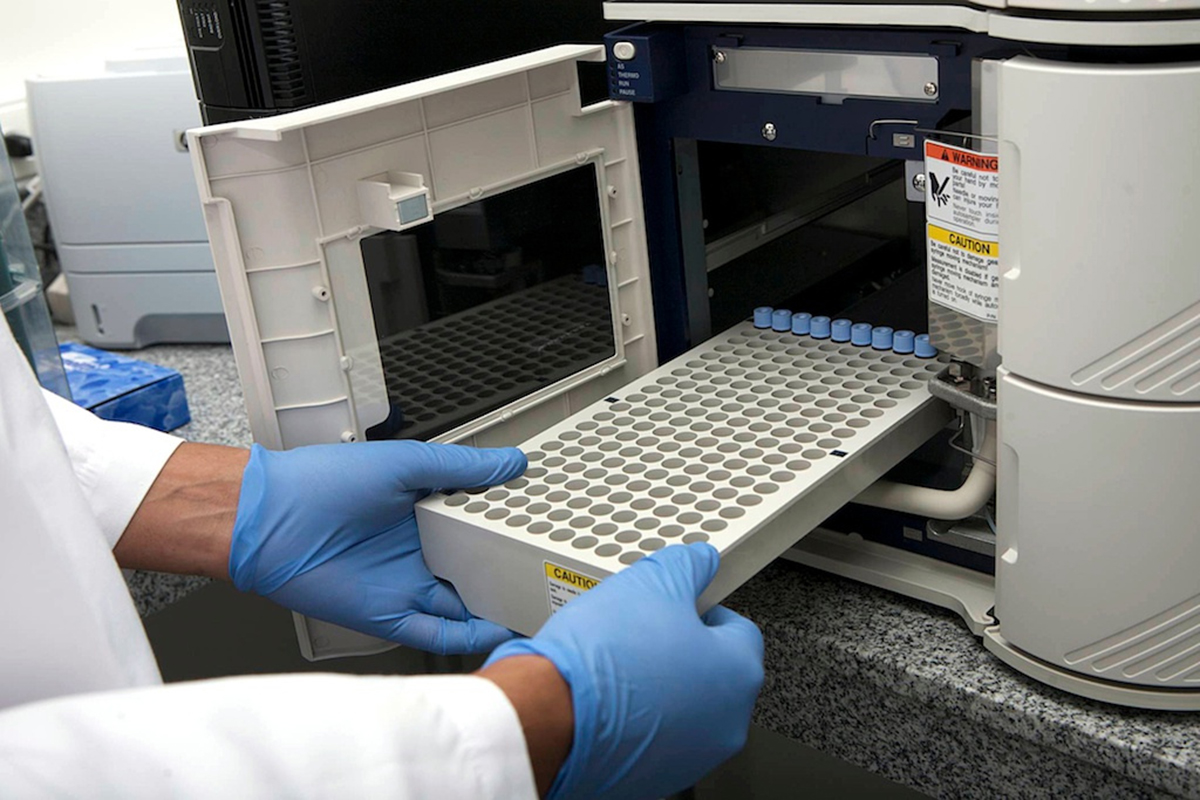Table of Contents
Most rare diseases, even when well characterized, simply cannot be treated. This is because pharmaceutical companies are not interested in developing drugs for these disorders, mainly because the return on the enormous investment needed to develop a pharmaceutical product for a rare disease is not attractive for these companies. This regrettable situation remained largely unchanged for many years, and it was only in the past few decades that orphan diseases gained recognition as a serious public health problem, thanks to the activism of patients’ associations and professional groups.

Starting in the 1980s in the USA, efforts have been made to stimulate the research, development and marketing of medicinal products for rare diseases. Nowadays, regulatory incentives exist in most developed countries, with policies on orphan drugs being adopted in Japan, Australia and EU in the 1990s and 2000s.
In addition, the establishment of various research programs and networks has also helped to advance scientific understanding and improve diagnosis rates of rare diseases. For instance, the International Rare Diseases Research Consortium (IRDiRC) was launched in 2011 at the initiative of the European Commission and the U.S. National Institutes of Health with the aim of fostering international collaboration in rare disease research.
Finding reliable information for rare diseases can be problematic
However, despite these positive developments, the burden of rare diseases continues to persist.
See Also: Rare Condition: Leprosy (Hansen's Disease)
Many turn to quick Internet searches, but most sources fail to be reliable and can actually raise unjustified concerns and beliefs. It is crucial to avoid articles written by laypeople, as this can lead to the mismanagement of symptoms. Sources of detailed, quality-assured information on rare diseases include the following:
- EURORDIS InfoHub: EURORDIS is a European non-governmental patient-driven alliance of patient organizations and individuals active in the field of rare diseases. Their InfoHub page (http://www.eurordis.org/rare-disease-information) helps patients to find quality rare disease information on the Internet, indicates where to find quality rare disease information on the Internet, and includes a tool to provide access to search results based on an index of affiliated patient organization websites.
- Office of Rare Diseases Research: the website of the ORDR, which belongs to the U.S. National Center for Advancing Translational Sciences , offers visitors a very complete resource page. From here, patients will be guided to a series of reliable websites on various topics related to rare diseases, including rare disease social networks, online medical reference Web sites, rare disease events, and more (http://rarediseases.info.nih.gov/resources/2/rare-diseases-resources).
- ORPHANET: Orphanet is s the reference portal for information on rare diseases and orphan drugs (http://www.orpha.net/). It is perhaps one of the most complete online sources on information about rare diseases, including an inventory of rare diseases and an inventory of orphan drugs at all stages of development.
- RINALDI, A. 2005. Adopting an orphan - Incentives to develop drugs for rare disorders raise hopes and controversy. EMBO Reports, 6, 507–510
- TAMBUYZER, E. 2010. Rare diseases, orphan drugs and their regulation: questions and misconceptions. Nature Reviews Drug Discovery, 9, 921-929.
- Photo courtesy of EURORDIS by Wikimedia Commons : commons.wikimedia.org/wiki/File:RDD_logo.jpg
- Photo courtesy of PAHO/WHO by Flickr : www.flickr.com/photos/pahowho/9403953426


Your thoughts on this